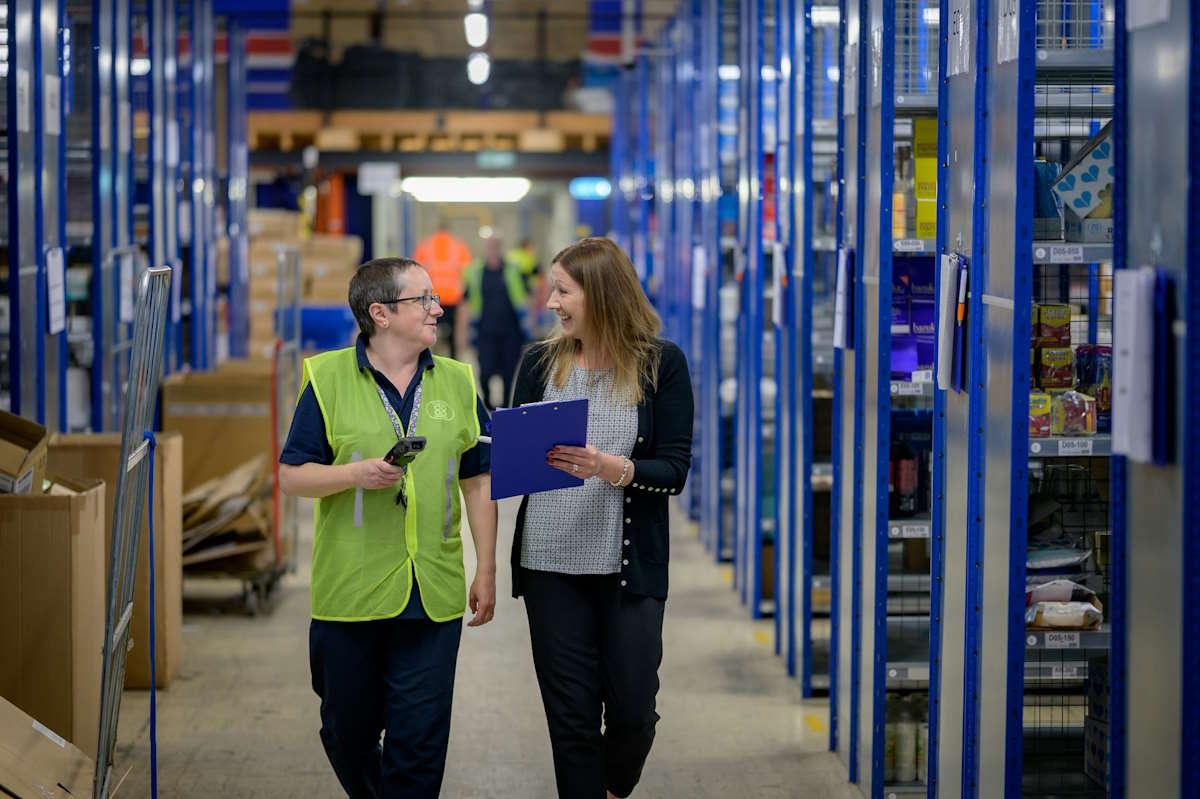When it comes to worker safety, the right alarm system can mean the difference between life and death. Two of the most common terms you’ll hear are man down alarms and lone worker alarms.
At first, they might sound the same, but there are important differences in how they work and what they’re designed to do.
Understanding these differences can help employers and individuals choose the best protection.

What is a Man Down Alarm?
A man down alarm is a safety device that automatically detects when a worker has fallen, collapsed, or become motionless. The main purpose is to respond quickly in situations where someone is unable to call for help themselves.
- These alarms use sensors to track movement, tilt, or lack of motion.
- If a worker falls to the ground or remains still for too long, the alarm triggers.
- The alert can be sent to a supervisor, control room, or emergency response team.
This is especially important in industries where workers are exposed to high-risk environments, such as construction, mining, oil and gas, or utilities. If a worker loses consciousness or is injured, the man down alarm ensures help is on the way, even if they can’t press a button.
What is a Lone Worker Alarm?
A lone worker alarm is designed for employees who work by themselves, without direct supervision. The goal is to provide a communication lifeline in case something goes wrong.
- Lone worker alarms usually include panic buttons, two-way communication, and GPS tracking.
- If the worker feels unsafe or faces an emergency, they can press the button to call for help.
- Some lone worker alarms also include man down detection, making them a more complete solution.
Typical users include delivery drivers, maintenance workers, security staff, and health and social care professionals. In these roles, quick access to emergency support is crucial, even if the person isn’t physically injured.
Key Differences Between Man Down and Lone Worker Alarms
While they share the same goal, protecting workers, their functions are different:
- Triggering the Alarm
- Man down alarms trigger automatically when no movement or a fall is detected.
- Lone worker alarms are usually activated manually by pressing a panic button, though many now include fall detection as an added feature.
- Type of Risk Covered
- Man down alarms focus on medical emergencies, sudden accidents, or unconsciousness.
- Lone worker alarms cover a wider range of risks, including threats from people, environmental hazards, or accidents.
- User Control
- Man down alarms act without user input, which is vital if the worker is incapacitated.
- Lone worker alarms give the worker direct control to request help when they sense danger.
Why Man Down Alarms Matter
Man down alarms are especially critical in high-risk jobs where accidents can leave workers unable to move. Imagine a utility worker exposed to toxic gas, or a construction worker who falls and is knocked unconscious.
In both cases, waiting for someone else to notice could take too long. A man down alarm bridges that gap, ensuring a fast response.
Employers have a duty of care to protect staff, and in many industries, regulations recommend or require these devices. Beyond compliance, using man down alarms shows a strong commitment to worker safety and can save lives.
Choosing the Right Device
For some organizations, the best solution is not choosing between the two but combining them. Many modern lone worker devices now include man down technology, offering both manual and automatic protection.
When deciding what to use, consider:
- The type of risks employees face.
- Whether workers are in isolated or hazardous environments.
- The balance between automatic detection and manual control.
Bottom Line
Man down alarms and lone worker alarms both play vital roles in protecting workers, but they are not the same.
Man down alarms focus on automatic detection of accidents and unconsciousness, while lone worker alarms emphasize personal safety and communication for those working alone. Together, they create a stronger safety net.